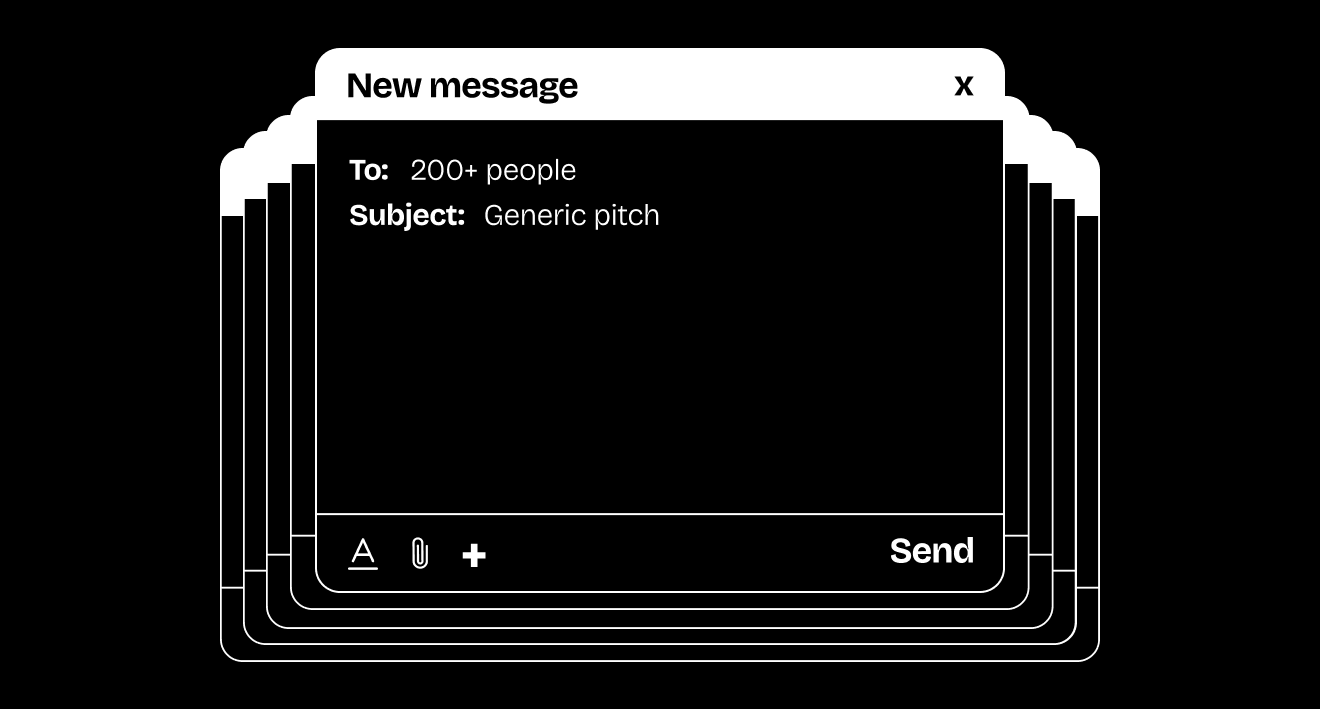Related Articles


.png)
Your Web3 project just hit a milestone: product launch, funding round, partnership announcement. Something worth telling the world. But instead of making headlines, you accidentally throttle your own PR. Here are the five biggest mistakes that tank visibility and momentum.
.png)
Launch day arrives. You fire up the PR machine. Crickets.
Here's what happened: you treated PR like a light switch you flip at the end. But media relationships aren't built overnight, and journalists don't cover strangers. The narrative window for "new thing worth watching" is narrow. Miss it, and you're swimming upstream.
What to do instead: Start prepping your PR at the minimum, two weeks before the planned launch date. This time is spent creating all the documents and outreach you’ll need to make an announcement successful. Focus on building relationships before you need them. Seed the story early. Let reporters track your progress. When launch day hits, you’ve paved the way.
.png)
The pattern is painfully common:
In Web3, social and press move on the same clock. If you don't coordinate your channels, you kill your own exclusives and give journalists zero reason to cover you. Journalists want to break a story—they don't want to passively promote info you’ve already revealed.
What to do instead: Treat X and press as parts of the same strategy, not separate worlds. Embargo your own announcements. Give an outlet the exclusive, then amplify it socially. Let the story break properly before you flood the timeline.

No relationships. No research. Just a mass email to 200 journalists with a generic pitch and three follow-ups in 48 hours.
This isn't outreach, it's spam. And in a space as tight-knit as crypto media, reputation spreads fast. Burn a bridge with one reporter, and you've likely torched your credibility with five others.
What to do instead: Quality over quantity. Know who covers what. Personalize your pitch, and build each pitch list for each announcement by targeting the right reporters and outlets at the right time. Respect their time (and their intelligence). Build relationships you can come back to over and over.

You've got a story ready. But the messaging isn't quite right. Or maybe you're waiting for the market to stabilize. Or for the CMO to sign off on the final comma.
Meanwhile, the narrative window closes. A competitor ships. The news cycle moves on. What felt urgent three weeks ago now feels stale.
In Web3, timing beats perfection (perfection is the enemy of progress). Stories have expiration dates measured in days, not months. Hesitate too long, and the moment evaporates.
What to do instead: Ship the story when it's confirmed and accurate. You can refine messaging in real-time, but you can't reclaim a missed moment. Most of the time, done is better than perfect.
.png)
A hack happens. A regulatory shift drops. A partnership falls through. These unscheduled events demand narrow PR response times. If your PR process can't match that pace, you're structurally disadvantaged.
What to do instead: Build systems for speed. Pre-clear messaging frameworks. Empower your comms team to move without waiting for executive sign-off on every word. Create a process where urgency doesn't equal chaos.
Your project's story matters. But if you're treating PR like an afterthought, scooping yourself on social media, spamming journalists, waiting for perfect timing, or moving too slowly, you're killing your own momentum.
Want the full playbook? Join us for a free PR webinar: Hype Fades, Credibility Lasts.
Build the future of Web3 with people who get you. No suits required. Memes encouraged.